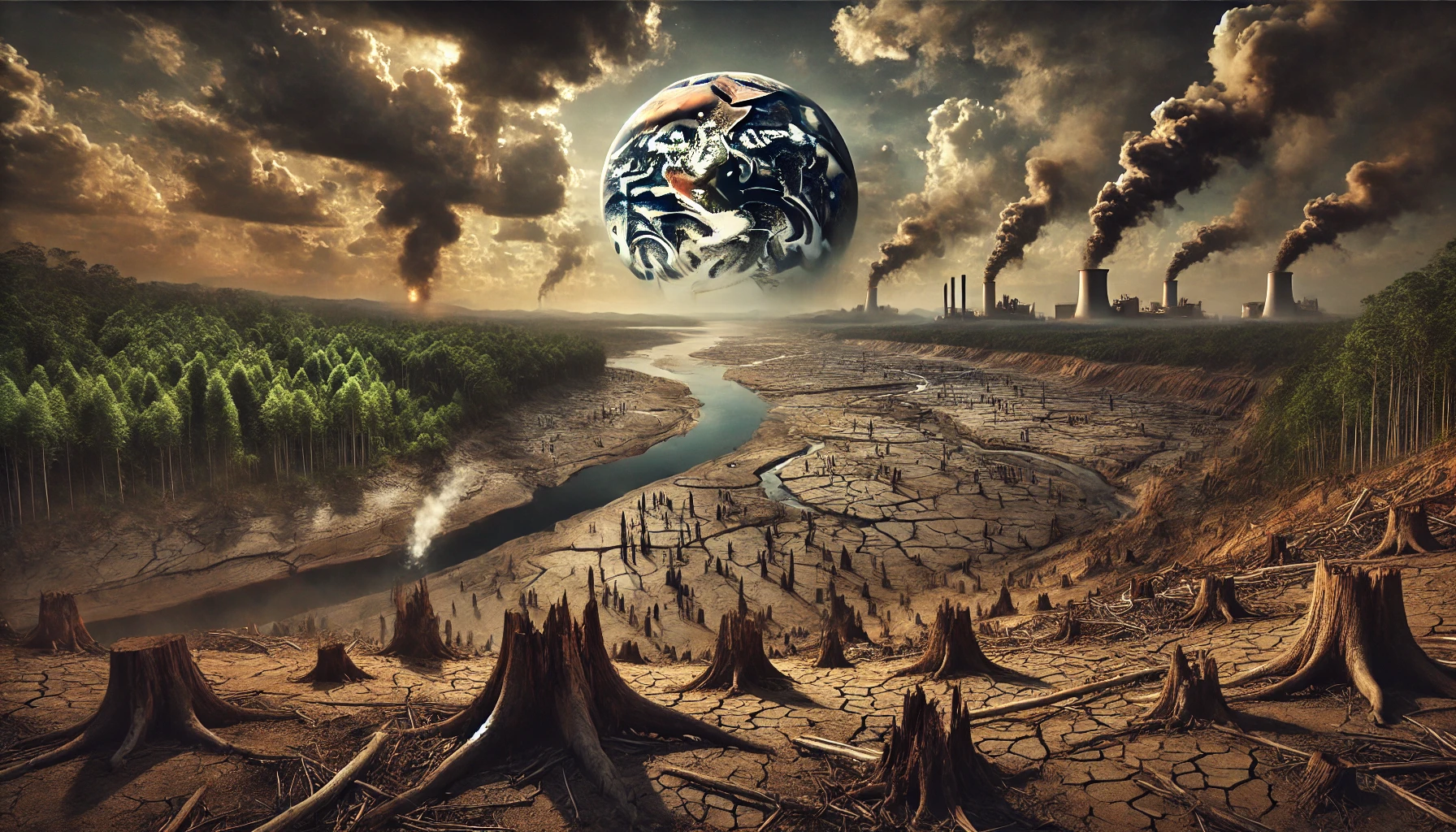Does the Earth Regenerate? Understanding Resource Conservation and Land Degradation
The Earth has the ability to regenerate, but the process is slow, methodical, and increasingly strained by human activity. Scientists warn that soil, water, and ecosystems are degrading faster than they can recover, raising urgent questions about sustainability. The data is clear: without intervention, the damage could outpace nature’s ability to heal.

While Earth’s regeneration is primarily geological and occurs gradually, this slow process underscores the importance of responsible resource management. Human activities and natural factors have increasingly hindered the planet’s natural recovery rate. Land resources such as soil, water, and vegetation, once degraded, require substantial time to become productive again. Therefore, every generation shares a responsibility to conserve and restore resources for the well-being of future generations.
The Challenge of Land Degradation
Land degradation is one of the primary barriers to Earth’s regeneration. Defined as the loss of the biological and economic productivity of land, degradation is often driven by soil erosion, human activities, and settlement patterns (UNDRR). Key factors of land degradation include soil, water, vegetation, biodiversity loss, and climate change. Understanding and addressing each of these elements is essential for sustainable resource management.
Soil Degradation:
Soil degradation diminishes soil quality and affects biodiversity. Symptoms of degraded soil include depleted nutrients, contamination from pollutants, and loss of topsoil due to wind or water erosion, and salinization. Recovering from these impacts requires extensive time and conservation practices, underscoring the urgency of preventive measures.
Water Degradation:
Water degradation includes pollution, declining water quality, and scarcity. Pollutants such as agricultural runoff, industrial waste, and sewage lower water quality, affecting safe water availability for ecosystems and human use. Conservation of clean water sources remains essential for both biodiversity and human populations.
Vegetation Degradation:
Vegetation degradation occurs through deforestation, desertification, overgrazing, and unsustainable farming. Deforestation, the clearing of forests for agriculture or resource extraction, not only leads to soil erosion and biodiversity loss but also disrupts the structural composition of ecosystems. Sustainable agricultural practices and reforestation efforts are crucial to reversing these effects.
Biodiversity Loss:
Biodiversity loss refers to the decline in plant, animal, and microorganism diversity within ecosystems. This degradation weakens ecosystems, reducing their resilience and health. Conservation efforts that focus on habitat protection and restoration are essential for maintaining biodiversity and ecosystem services.
Climate Change:
Climate change accelerates land degradation by increasing the frequency and intensity of extreme weather events such as floods, droughts, and storms. These events strip vegetation, contribute to soil erosion, and lead to nutrient loss, thereby further complicating Earth’s regenerative processes.
Conclusion:
Conserving soil, water, and vegetation is a continuous process, not a one-time effort. Addressing the complex challenges of land degradation requires collaboration among communities, governments, individuals, and organizations. Together, we can adopt sustainable practices that preserve and regenerate Earth’s resources for a resilient future.
Reference
Breier, J. (2024). The InSEEDS Model-Coupling LPJmL and copan: CORE towards an Integrated Human-Earth System Model of Regenerative Land-System Change retrieved from https://meetingorganizer.copernicus.org/EGU24/EGU24-7670.html
Menga, M ( 14th July 2023 ) Land and climate change a close connection retrieved from
https://www.climateforesight.eu/articles/land-and-climate-change-a-close
Musa, I. O., Samuel, J. O., Adams, M., & Abdulsalam, M. (2024). Soil Erosion, Mineral Depletion, and Regeneration retrieved from
https://link.springer.com/chapter/10.1007/978-3-031-53270-2_7
UNDRR Land degradation retrieved on 27th August 2024
Retrieved from
https://www.undrr.org/understanding-disaster-risk/terminology
